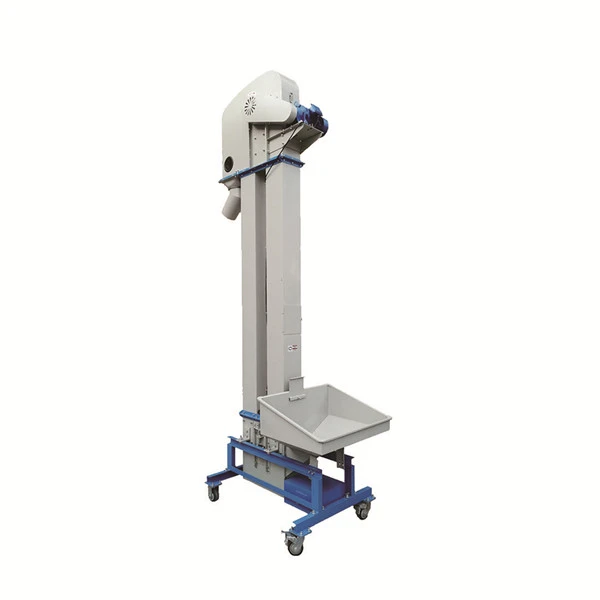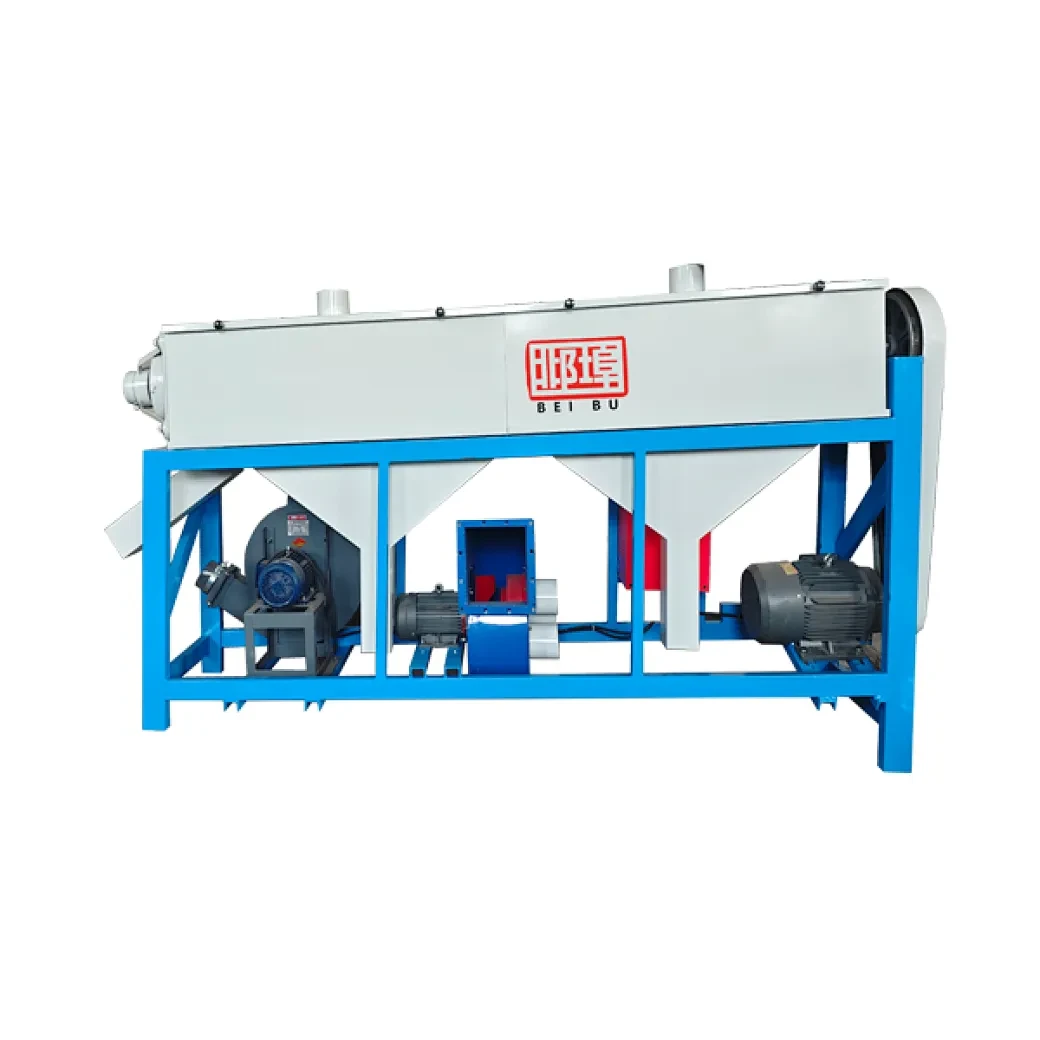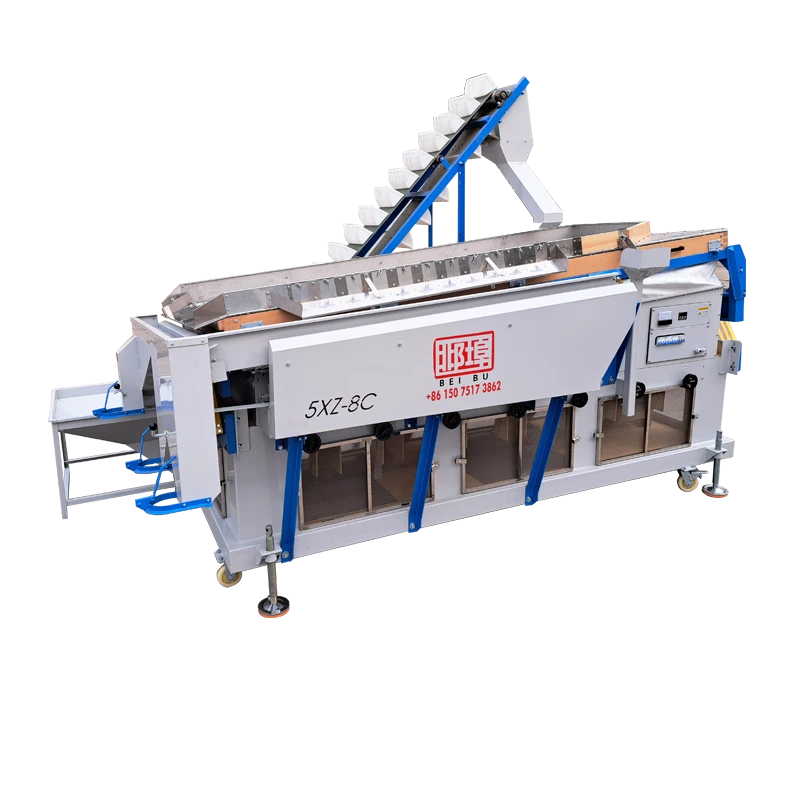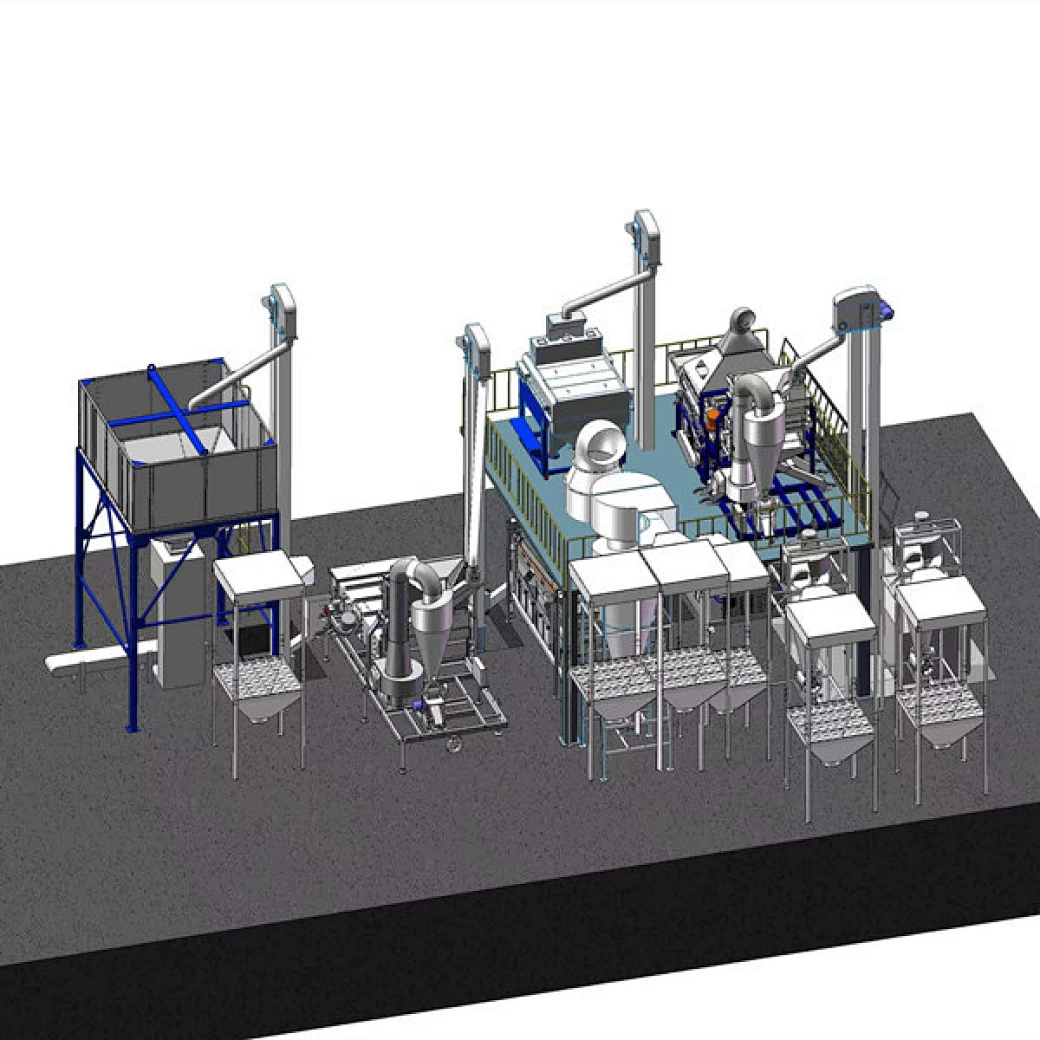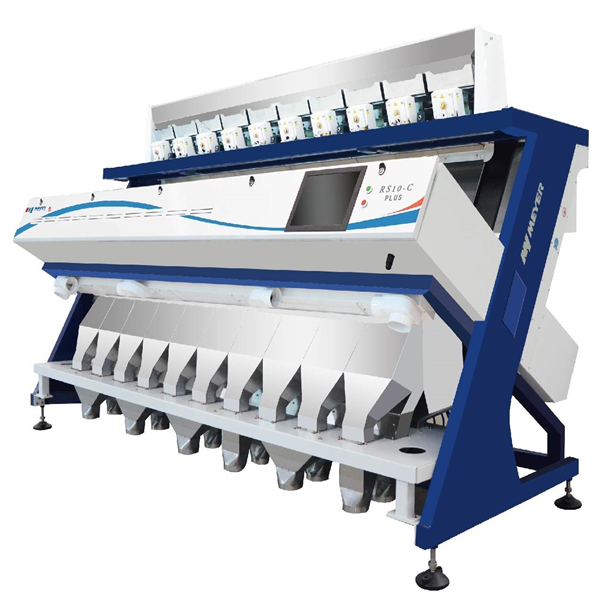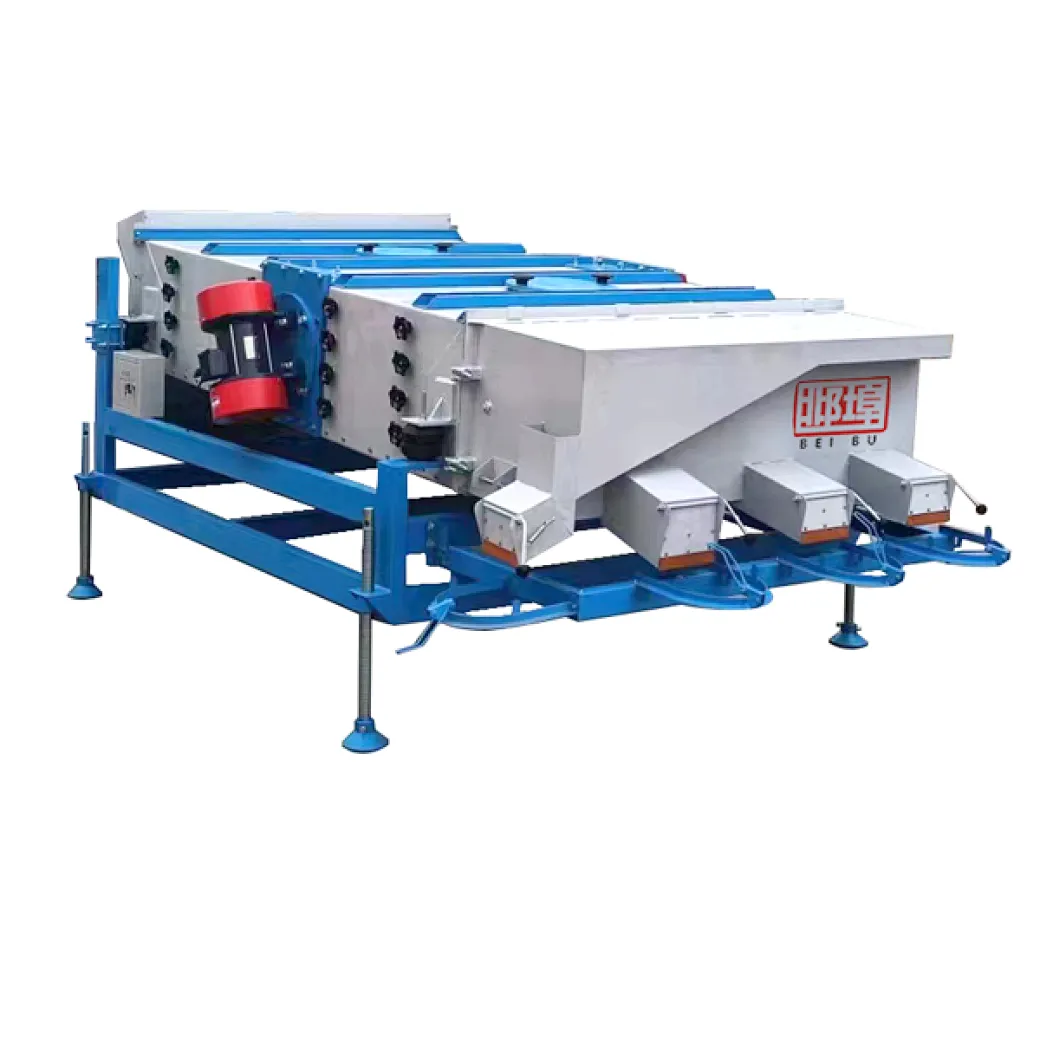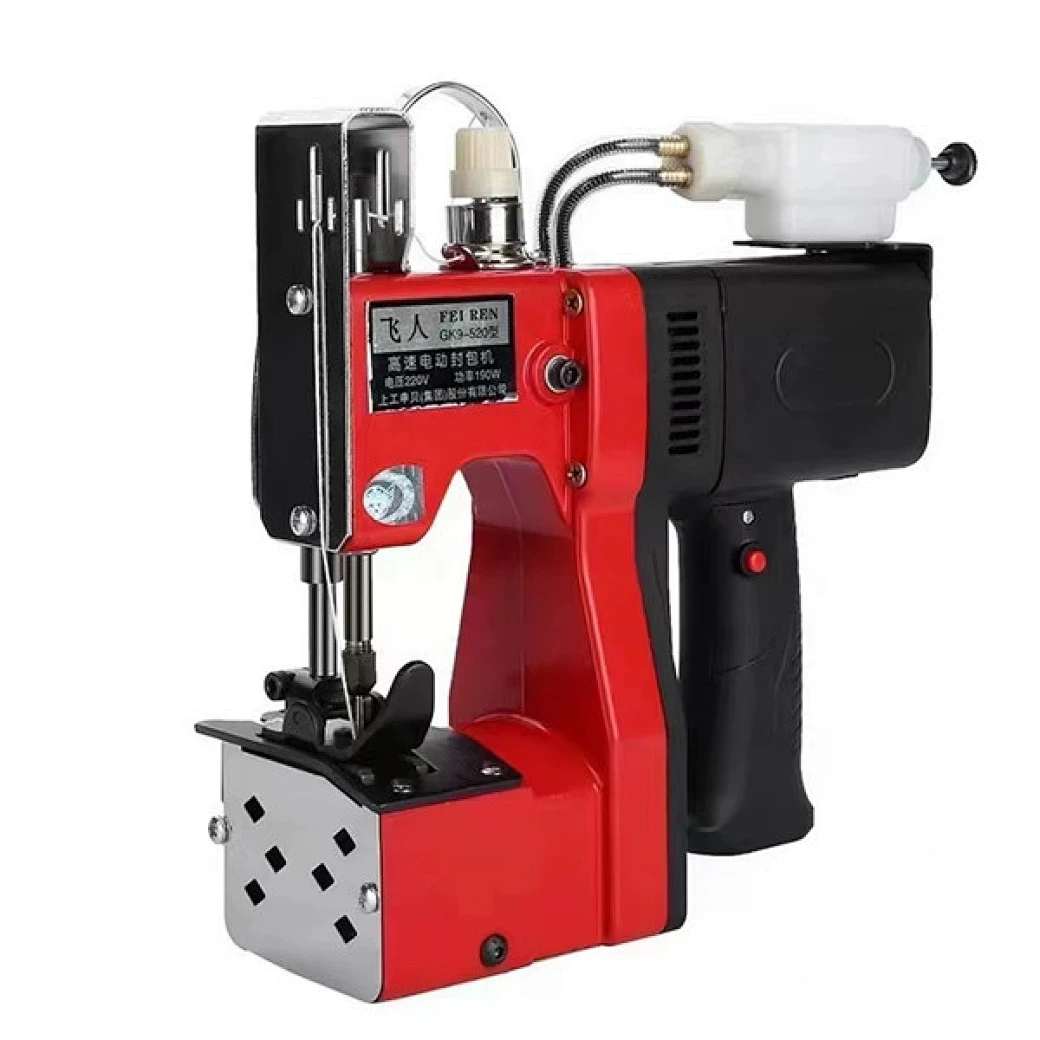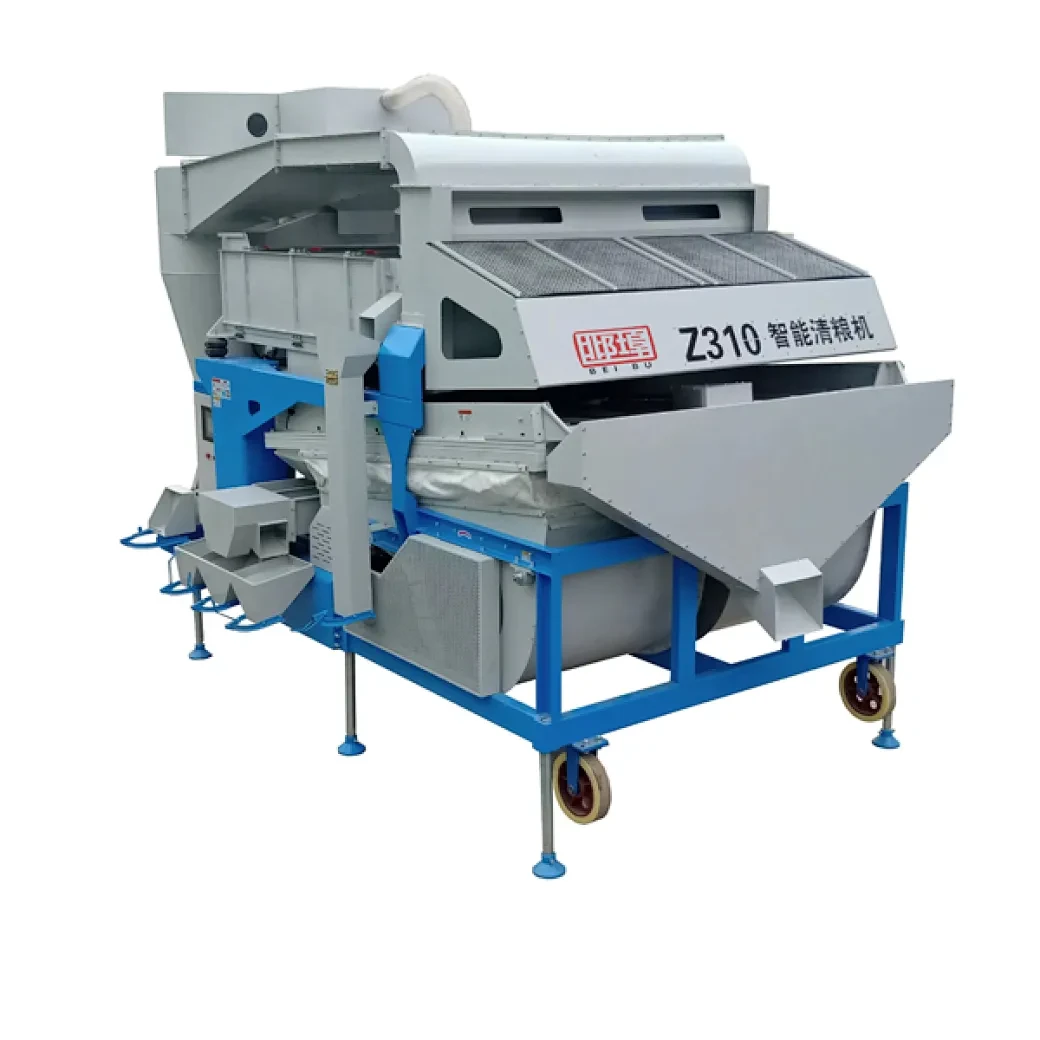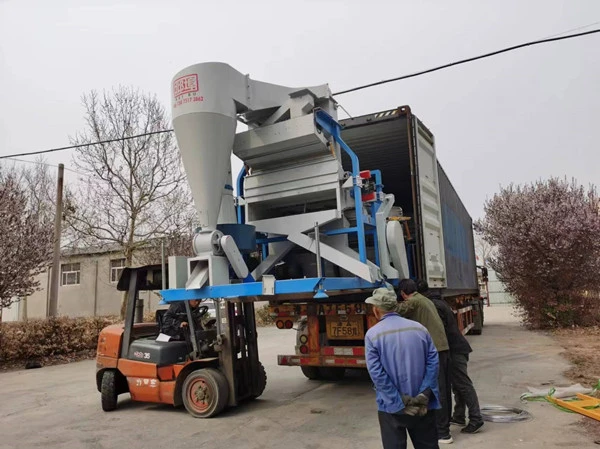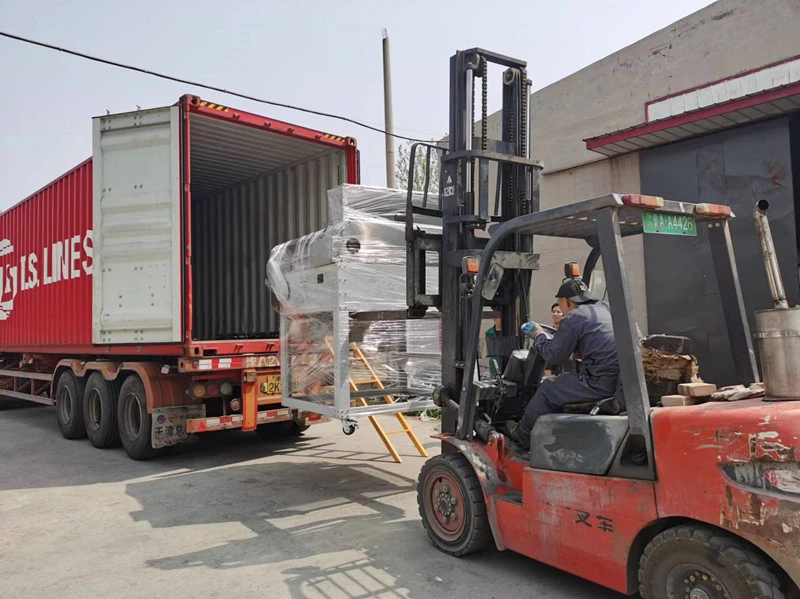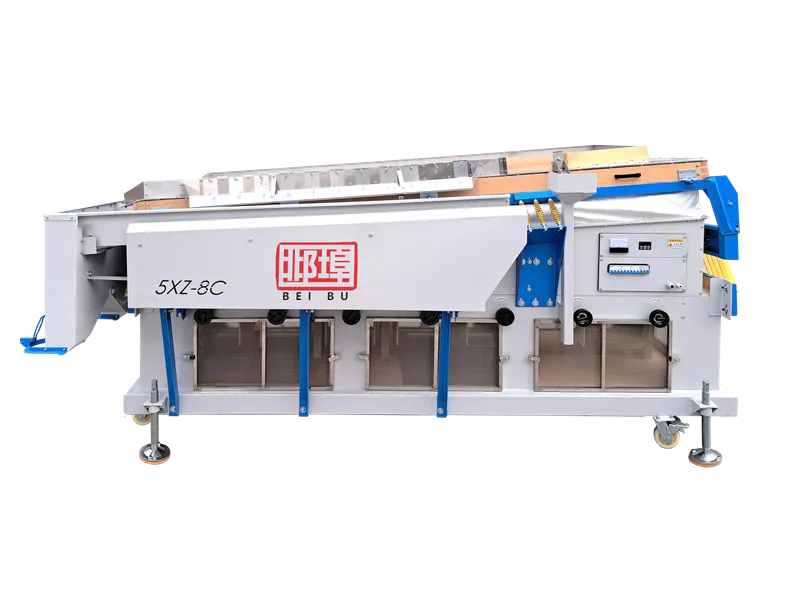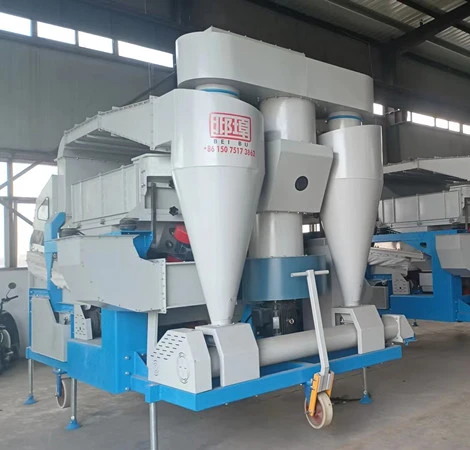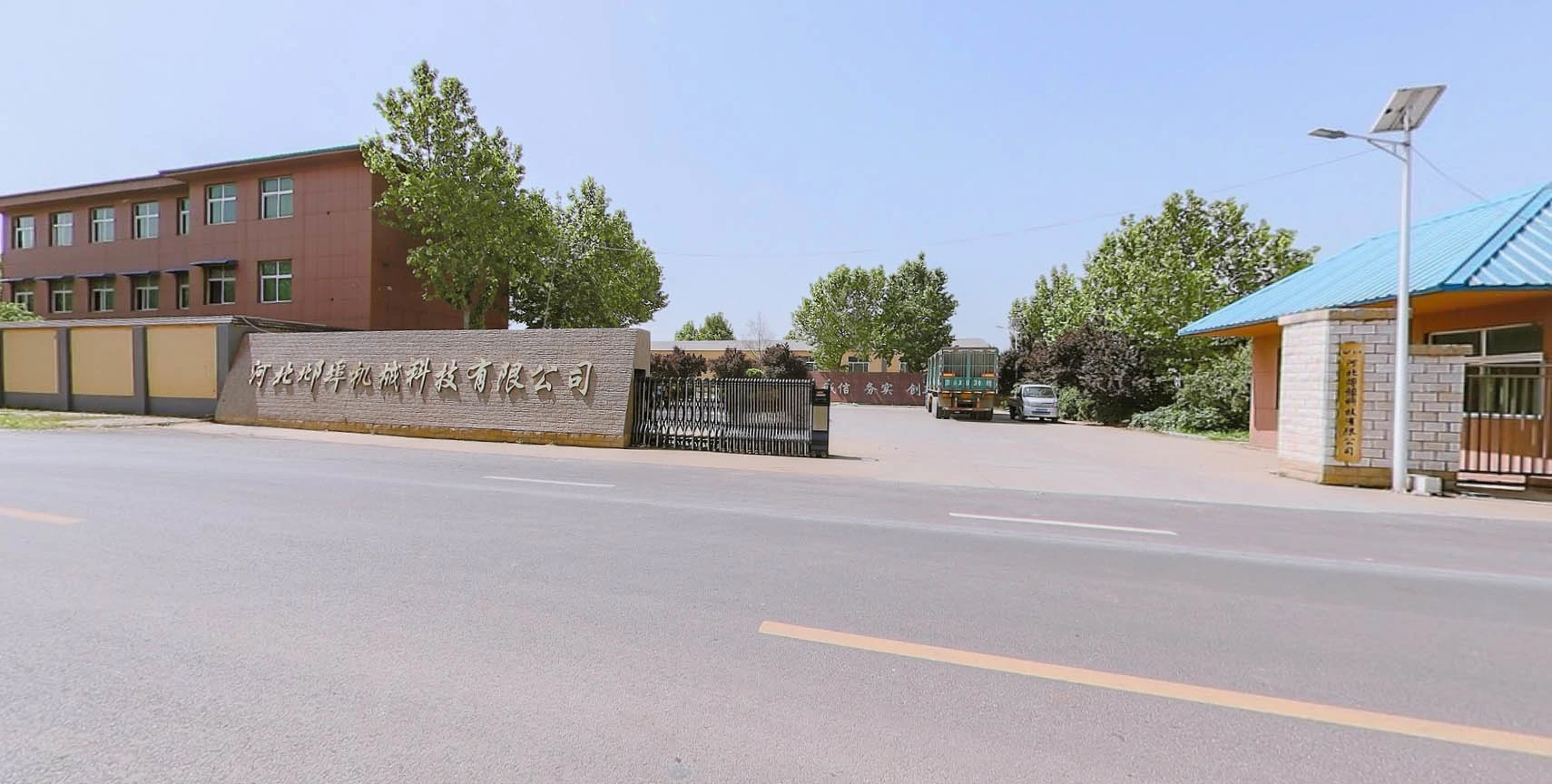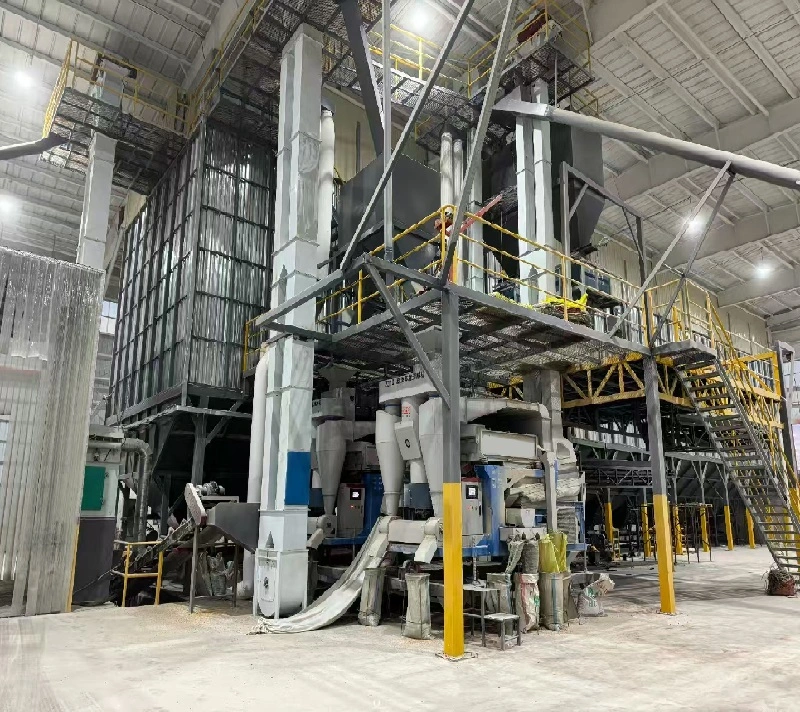
- Introduction to rice polisher
: definition and market background - Understanding the rice polisher machine working principle
- Technological advancements and technical advantages
- Comprehensive comparison of rice polisher machine manufacturers
- Tailored solutions for diverse rice polishing needs
- Real-world application cases across global markets
- Conclusion: Impact of rice polisher on rice milling industry
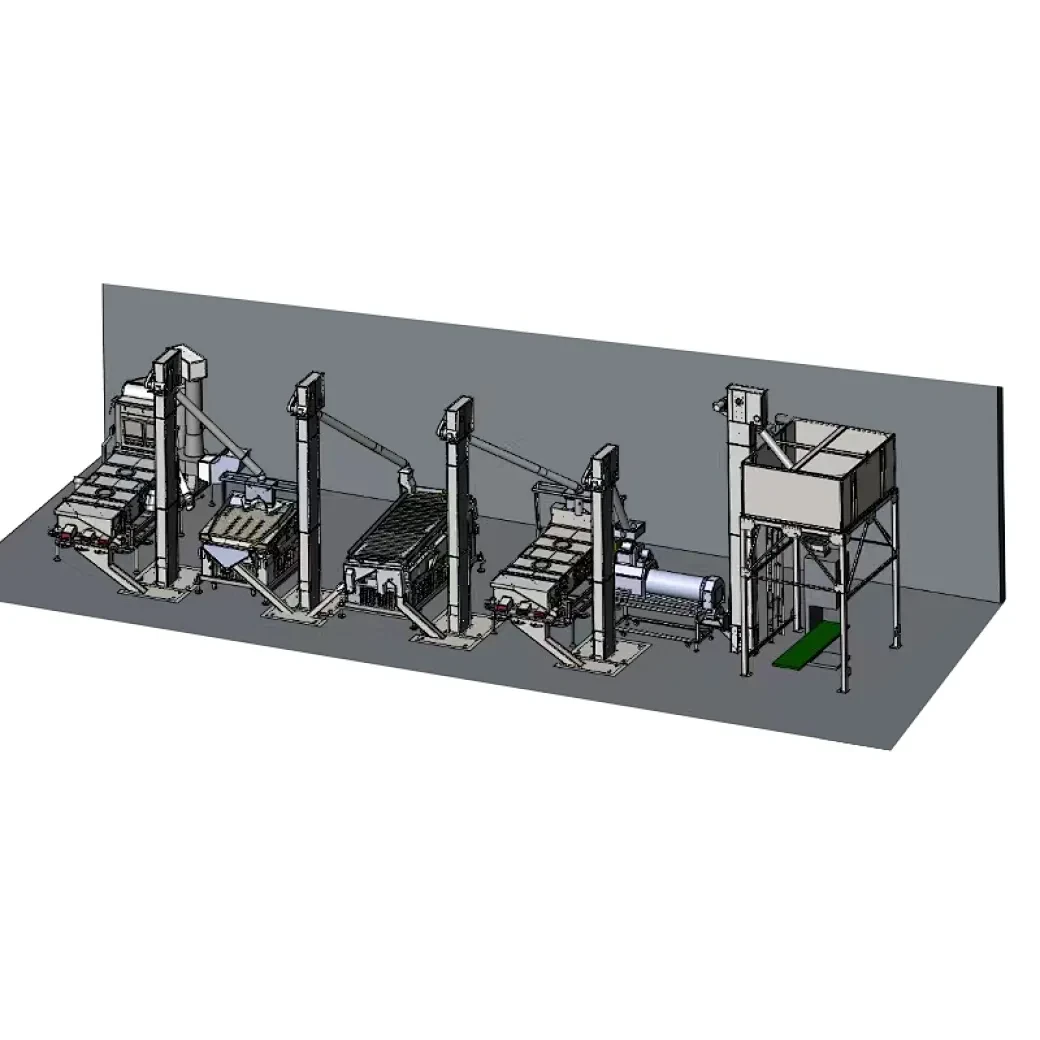
(rice polisher)
What is a Rice Polisher? Market Scope and Industry Insights
The rice polisher, a critical component in modern rice milling, enhances rice quality by removing residual bran and improving grain appearance. With global rice production exceeding 512 million metric tons in 2023, the demand for high-quality polished rice is soaring, especially in Asia-Pacific and Africa. The rice polisher machine ensures that rice meets strict international export standards by increasing whiteness and shelf life. As consumer preferences shift towards superior rice quality, milling operations are adopting advanced polisher rice machines to keep pace. Alongside increased rice consumption, the global rice polisher market is projected to reach USD 950 million by 2026, growing at a CAGR of 5.7%. The adoption of automated rice polishing technology directly correlates with reduced breakage rates, decreased processing time, and enhanced profitability for millers.
Decoding the Rice Polisher Machine Working Principle
At the heart of every efficient rice mill lies the rice polisher machine, executing a sophisticated series of processes. The machine operates by friction mechanisms using either vertical or horizontal cylinders fitted with abrasive rollers. When brown rice enters the chamber, the polisher's rotating rollers gently abrade the rice surface, buffing away bran layers. This process utilizes controlled air flow, water mist, and pressure to prevent excess heat and grain breakage. The integration of adjustable sieves guarantees optimal retention time, ensuring a smooth finish without significant loss in yield. Dust collection systems function alongside water atomizers to reduce temperature and maintain grain integrity. The result: enhanced whiteness, higher transparency, and minimal nutrient loss. Key technical parameters—like polishing speed, moisture control, and abrasive material—dictate the output quality, making the rice polisher machine an indispensable element in premium-level rice production.
Technical Advancements and Competitive Advantages of Modern Polishers
Recent years have seen significant technological leaps in rice polishing solutions. Leading rice polisher machine manufacturers have introduced innovations such as wear-resistant abrasive wheels, advanced temperature control, and IoT-enabled monitoring systems. These advancements yield up to 30% lower energy consumption and up to 2% higher head rice yield compared to older models. For instance, precision-controlled moisture injection and sensor-driven adjustment mechanisms minimize grain cracking—a vital requirement for basmati and jasmine rice. The adoption of stainless-steel polishing chambers prolongs machine longevity, reducing annual maintenance costs by 18%. Enhanced automation allows operators to remotely monitor output quality, energy usage, and operational status via integrated dashboards. These features not only reduce labor requirements but also ensure consistent quality output at industrial scale. In summary, the technological edge of next-generation polisher rice machines directly boosts operational efficiency and product value.
Comprehensive Manufacturer Comparison: Technical and Economic Perspectives
Selecting the right rice polisher machine manufacturer is crucial for achieving specific milling outcomes. The table below presents a comparative analysis of four major global suppliers based on production capacity, technology features, warranty, and pricing.
| Manufacturer | Model | Capacity (ton/hour) | Energy Consumption (kW/ton) | Main Features | Warranty | Average Price (USD) |
|---|---|---|---|---|---|---|
| SATAKE | KMN-VP50 | 6 | 24 | Water-mist cooling, sensor-controlled feed | 2 years | 42,000 |
| Bühler | MPAP-600 | 5.8 | 22 | Stainless chamber, IoT-ready, low breakage | 2 years | 45,500 |
| Yongxiang | YX-80 | 5.5 | 23 | Self-cleaning system, energy-saving motor | 1 year | 27,800 |
| Yamamoto | NP-6000 | 6 | 21.5 | Dual air-jet, compact design, rapid discharge | 3 years | 50,000 |
This comparison underscores the importance of balancing technological sophistication, cost efficiency, and after-sales support. Customers with high throughput requirements may gravitate towards SATAKE or Yamamoto, while those seeking budget-friendly options might prefer Yongxiang. Energy consumption and user-friendly features remain critical deciding factors.
Customized Rice Polishing Solutions for Diverse Operations
The dynamic rice processing industry increasingly demands tailored solutions from polisher rice machine vendors. Manufacturers now offer modular designs, supporting varied rice types such as long-grain, short-grain, glutinous, or aromatic varieties. Customization options include variable roller textures, adjustable chamber sizes, bespoke abrasive materials, and integration with upstream de-huskers. For large-scale factories, centralized control systems can regulate multiple polishers simultaneously, optimizing the entire milling line. Small and medium enterprises benefit from compact, mobile rice polishers that can be repositioned as per seasonal demand. Environmental considerations are addressed with options for water-saving systems and advanced dust filtration, delivering up to 20% carbon footprint reduction. Additionally, software customization supports traceability and reporting, ensuring compliance with export regulations and food safety audits. By leveraging these bespoke solutions, rice processors efficiently maximize yield, product quality, and sustainability.
Application Scenarios: Case Studies in Global Rice Milling
Real-world deployments of rice polisher machines showcase their transformative impact across continents. In Vietnam, a leading export mill increased its average rice whiteness from 36 to 42 degrees ISO after integrating a Bühler MPAP-600 line, leading to a 15% increase in export value. In Nigeria, smallholder cooperatives adopted modular polisher rice machines, boosting head rice recovery from 54% to 62%. A multi-national food group in India leveraged IoT-enabled Satake models for centralized performance monitoring, reducing downtime by 25%. In the U.S., organic rice producers use custom-configured Yamamoto polishers to ensure nutritional retention while achieving premium kernel aesthetics, capturing new market segments. These diverse use cases demonstrate that investment in the latest rice polisher technology directly delivers operational flexibility, higher returns, and adaptability to shifting consumer trends. The versatility of modern polishers is pivotal for mills operating under variable grain conditions and regional quality demands.
The Future of Rice Polisher Technology in Modern Rice Mills
In summary, the rice polisher stands as a central pillar in delivering top-grade rice to global tables. As market demands intensify, rice polisher machine manufacturers continue to pioneer innovations that enhance efficiency, automation, and sustainability. By offering versatile machine configurations, robust after-sales support, and adaptation to evolving standards, these manufacturers significantly elevate the capabilities of modern rice mills. Advanced polishers not only empower milling operations to meet stringent export requirements but also foster transparent, traceable, and environmentally conscious production systems. Whether for bulk exporters or niche organic processors, the right rice polisher solution is indispensable for competitiveness and long-term success in the dynamic global food supply chain.
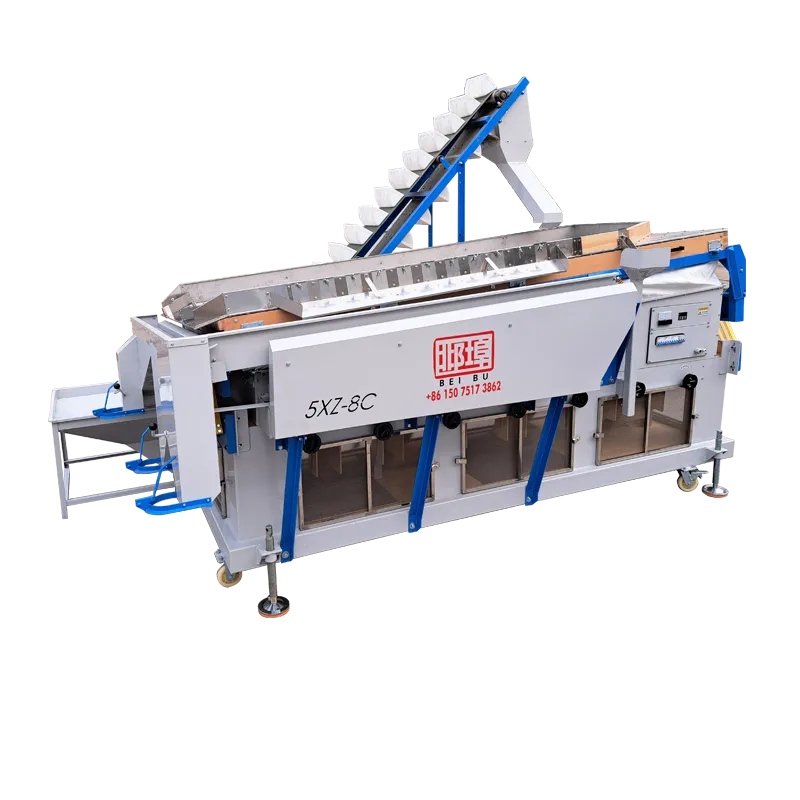
(rice polisher)
FAQS on rice polisher
Q: What is a rice polisher?
A: A rice polisher is a machine used in rice milling to improve the appearance and texture of rice by removing the remaining bran. It creates a shiny, smooth surface on the rice grains. This enhances market value and consumer appeal.Q: How does a rice polisher machine work?
A: Rice polisher machines operate using abrasion and friction, polishing rice with rollers and a controlled moist air flow. This process removes bran and gives rice its bright, glossy finish. The working principle ensures efficient and consistent polishing.Q: Why is the rice polisher machine working principle important?
A: The working principle determines rice quality, polish, and yield. Proper design and operation reduce broken grains and maximize output efficiency. Manufacturers highlight their unique working principles as a selling point.Q: How can I choose a reliable rice polisher machine manufacturer?
A: Look for manufacturers with certifications, proven performance, and positive customer feedback. Leading suppliers offer different models and after-sales support. Always compare specifications and warranties before purchasing.Q: What are the key features of a polisher rice machine?
A: Key features include adjustable polishing levels, energy efficiency, high processing capacity, and easy maintenance. Some machines also offer options for water or mist polish. These features ensure uniform, high-quality rice output.Apr. 04, 2024
Chickpea Cleaning Machine Loading-Hebei Beibu Machinery Technology Co.,LTD
Jul. 26, 2024
Soybean Cleaning Machine Magnetic Separator-Hebei Beibu Machinery Technology Co.,LTD
Jul. 25, 2024
Soybean Cleaning Machine Fine Cleaning Gravity Separator-Hebei Beibu Machinery Technology Co.,LTD
Jul. 05, 2024
PLC Control 30t/h Soybean Cleaning Machine-Hebei Beibu Machinery Technology Co.,LTD
Apr. 30, 2024
Introduction to Hebei Beibu Machinery Technology Co., Ltd.
Dec. 02, 2024
big capacity beans cleaning line
Beibu Machinery
If you are interested in our products, you can choose to leave your information here, and we will be in touch with you shortly.


